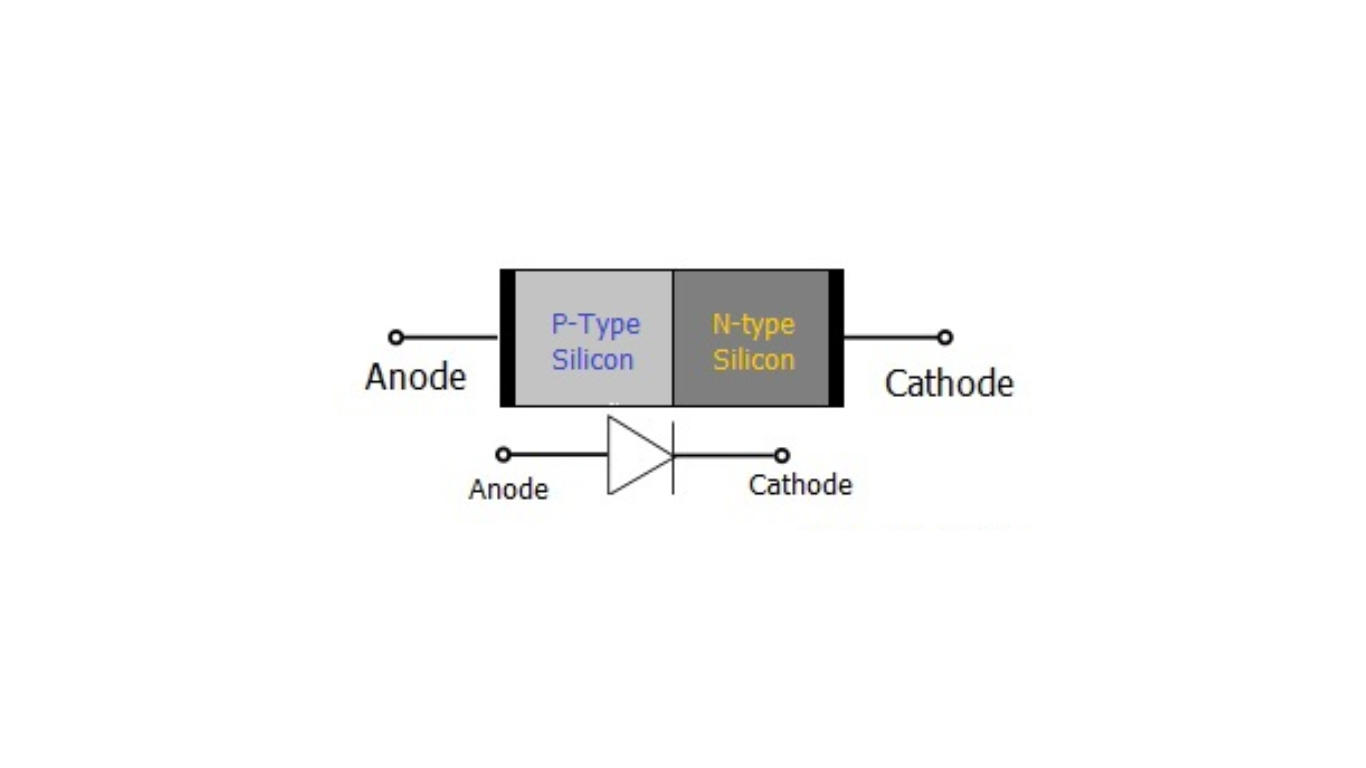What is the use of a PN junction diode?
The application of a PN junction diode is when you forward-bias the PN junction diode; you use it in LED lighting. You apply it as a rectifier in many electric circuits, and you utilize it as a voltage-controlled oscillator in varactors. A P-N junction is like a border between two different types of materials inside a semiconductor. These materials are called p-type and n-type.

To create a P-N junction in a semiconductor, we use a process called doping. On one side of the semiconductor, called the p-side or positive side, there are extra holes. On the other side, called the n-side or negative side, there are extra electrons. Doping is explained in more detail in the next part.
Application of pn junction Diode are following
- In computer digital logic circuits, diodes are utilized as switches.
- It is used as a switch in digital logic designs.
- It is used in detector and demodulator circuits.
- It is used in clamping circuits in TV receivers as well as voltage multipliers.
- It is used as a rectifier in DC power supply manufacturing.
- When using optical communications, laser diodes are employed.
- Digital displays use Light light-emitting diodes (LEDs).
How You Form a P–N Junction with Doping
You know that joining different semiconductor materials creates grain boundaries that scatter electrons and holes, hindering their flow. To prevent this, you use doping. For instance, take a thin p-type silicon sheet and introduce a small amount of pentavalent impurity—you’ll convert part of it into n-type silicon. You then have adjacent p- and n-regions forming a p–n junction. After formation, you rely on diffusion and drift to drive carrier movement.